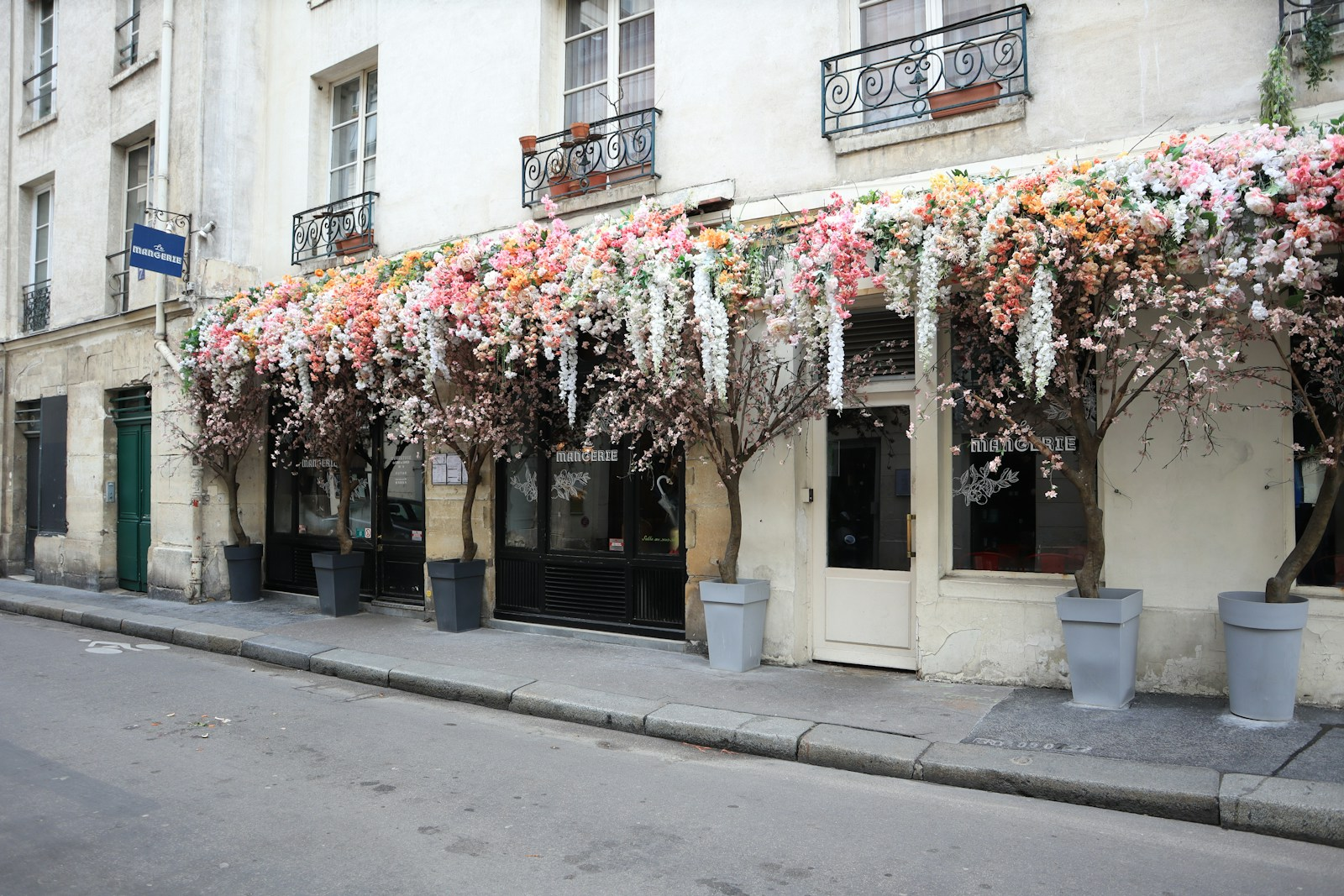Houndstooth isn’t just another checked pattern. It’s one of the oldest textile designs known to humanity. The earliest examples date back to the Bronze Age, discovered in Austria’s Hallstatt Celtic Salt Mine from 1500-1200 BC, proving that our ancestors appreciated geometric precision long before fashion weeks existed.

The pattern’s most famous early appearance came via the Gerum Cloak, found in a Swedish peat bog and dated between 360-100 BC. This textile fragment showed that houndstooth’s distinctive broken check wasn’t merely decorative. It served practical purposes for shepherds who needed durable, camouflaging outerwear that could withstand the elements.
From Shepherd’s Check to Status Symbol
Originating in the Scottish Lowlands around the 1880s, houndstooth was worn by those not permitted to wear clan tartans. This working class association gave the pattern a democratic quality, accessible to anyone regardless of noble lineage. The name “shepherd’s check” stuck for generations before evolving into “dogstooth” and eventually “houndstooth.”

The pattern’s leap into high fashion happened gradually through the early 20th century. By the 1930s, houndstooth became favored by the upper classes as a way to refresh their wardrobes. The Prince of Wales appeared in a houndstooth suit in Vogue’s January 15, 1934 issue. That single image transformed houndstooth from shepherds’ cloth to aristocratic essential overnight.

Why Houndstooth Endures
The pattern’s longevity comes from its visual tension. That broken check creates movement without chaos, structure without rigidity. It reads as classic in black and white but adapts beautifully to color variations. Whether woven into wool coating or printed on silk scarves, houndstooth maintains its essential character while accommodating contemporary tastes.

Today, houndstooth cycles through fashion regularly, appearing on everything from Chanel suits to streetwear sneakers. Its ability to signify both heritage and modernity simultaneously makes it invaluable to designers seeking patterns with built-in credibility. Unlike trendy prints that date quickly, houndstooth’s ancient origins give it permanent relevance in our visual vocabulary. It’s having yet another moment this season, proving once again that some patterns simply refuse to retire.



